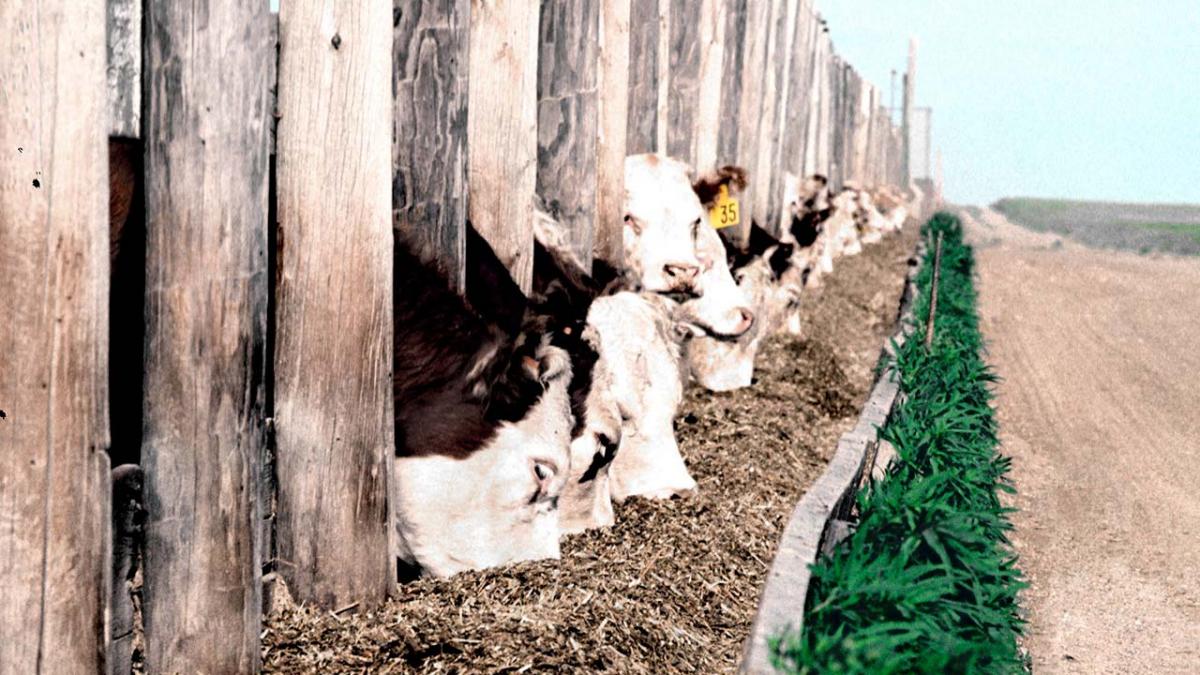USDA/Flickr.
This article was published by Nebraska Farmer on Dec. 16, 2021 as part of its "Tough Decisions" series, and is excerpted here with permission.
As we enter the new year and start to prepare for calving, the direction of the feeder cattle market is a question that will need to be addressed. Price for feeder cattle results from the supply of feeder cattle by cow-calf producers and the demand of feeder cattle from feedlots.
Market expectations for feeder cattle demand are exceptionally positive given strong domestic meat demand and a historically high export market. Supply is projected to be lower as there has been a growing contraction in the feeder cattle market over the past several years. Combined, this suggests there is a high probability, with current market conditions, that feeder cattle prices will be higher into 2022.
With a steady-to-positive price outlook into 2022, what (if anything) should be done about feeder cattle price risk management? If market situations continue to remain in the “steady-to-higher” scenario, then the best option for producers is to stay in the local cash market.
If prices begin to weaken given changing market fundamentals (i.e. Chinese beef demand starts to weaken given a stronger dollar), then we need some expectation of basis (i.e. basis = cash – futures) to determine what risk management tool to use.
In a weakening market, if the futures price is expected to weaken quicker than the local cash market, then selling CME futures or buying Livestock Risk Protection is the best form of risk management. However, if the cash market weakens quicker than the futures price, then forward- or cash-contracting is preferred.
Full Article on Nebraska Farmer